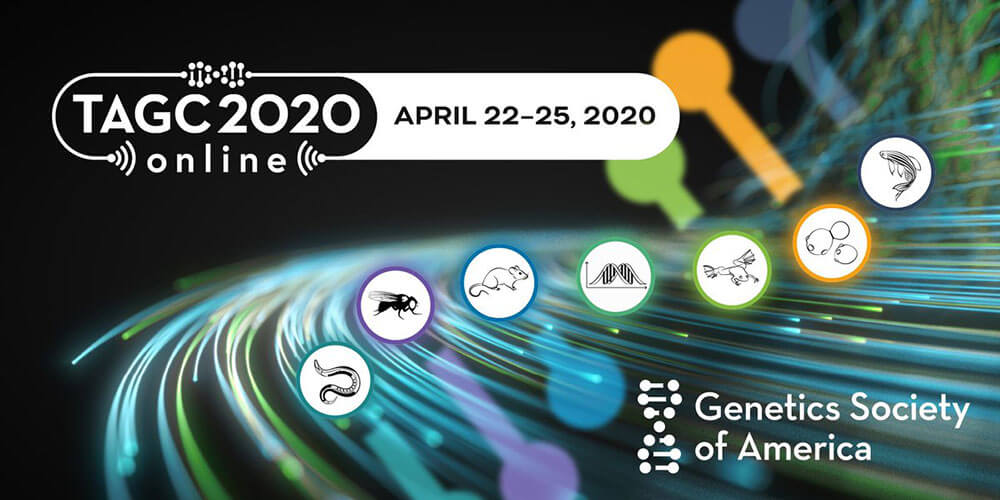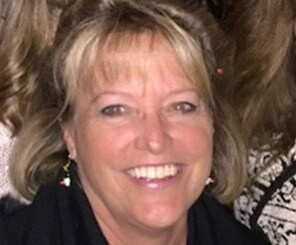 For meeting organizers facing decisions about canceling meetings this year, one of the most painful aspects is the prospect of watching months of work go to waste. For the Genetics Society of America (GSA), the stakes were even higher: The Allied Genetics Conference (TAGC), which was scheduled for April 22-26, 2020, in Washington, D.C., is held only once every four years. Canceling would not only have meant pulling the plug on TAGC, but on multiple GSA annual conferences, said Suzy Brown, CMP, GSA’s senior director of meetings. That’s because the quadrennial meeting, which was held the first time in 2016, brings several GSA conferences together, so that research communities — which separately study everything from fruit flies to zebra fish — can collaborate across specialties, she said.
For meeting organizers facing decisions about canceling meetings this year, one of the most painful aspects is the prospect of watching months of work go to waste. For the Genetics Society of America (GSA), the stakes were even higher: The Allied Genetics Conference (TAGC), which was scheduled for April 22-26, 2020, in Washington, D.C., is held only once every four years. Canceling would not only have meant pulling the plug on TAGC, but on multiple GSA annual conferences, said Suzy Brown, CMP, GSA’s senior director of meetings. That’s because the quadrennial meeting, which was held the first time in 2016, brings several GSA conferences together, so that research communities — which separately study everything from fruit flies to zebra fish — can collaborate across specialties, she said.

Suzy Brown, CMP, Senior Director of Meetings, Genetics Society of America
When the pandemic forced the cancellation of the in-person meeting in mid-March, Brown and her colleagues weren’t ready to give up on their work — or what the conference meant to researchers. she said. All of the scientific presentations had been reviewed and already loaded in GSA’s app, Brown said. “Our executive director, Tracey DePellegrin, encouraged us to think outside the box. We wanted to be able to provide some sense of normalcy during a time when everything was anything but normal. Labs were closing. Our members were teaching and attending classes from home while managing their own family responsibilities. The program had already been finalized— canceling meant losing everything,” she added. “We just thought: There’s got to be a way to continue this. “
Brown is not “an IT person,” she said, and the first place she turned for advice was to Silke Fleischer, the founder of ATIV Software, the vendor for the mobile app that GSA has used for four years. Brown reached out to Fleischer on the same day that the GSA offices in Washington, D.C., were closed amid rising COVID-19 cases, with Brown not even waiting until she got inside her house, but calling Fleischer from her front porch. It was just to ask, Brown said, “What do you see out there?”
As it happened, Fleischer told Brown, ATIV was already in the midst of expanding their app to integrate third-party platforms such as Zoom, which meant that the app could be used as a hub to host a virtual conference. GSA could be a beta test, Fleischer said. Brown’s reaction, she recalled, was, “we don’t have a choice. So, let’s do something different.”
Working with a content management company, over the next four-and-a-half weeks, Brown and her colleagues adapted the agenda to fit the app platform, creating approximately 100 webinars and interactive sessions. Posters were available via the app for on-demand viewing, and GSA scheduled 30-minute-long interactive sessions with poster presenters, grouped by topics, with moderated Q&A and chat. Brown said. Because of the international audience, GSA scheduled presentations from 11 a.m. to 7 p.m. Eastern Time, spread out over two weeks. Some planned events, including workshops, were scheduled for even later in the year.
GSA held test runs of the technology and training sessions for speakers and presenters, Brown said. The timing for the poster sessions and Q&A, in particular, had to be meticulously planned, so that no presenters were short-changed on time, Brown said. “I think planners are inherently worried about the details and logistics and I think that that’s especially important in the virtual environment,” she added. “When you’re on site, you can talk to your convention services person and say, “Hey, can you do this or do that?” But when you’re virtual, you have to be able to anticipate and have solutions to all the problems that could happen.”
One of the most significant decisions that GSA’s leadership and the board made was to make registration for the event free, Brown said. “They did so for several reasons — not the least of which was to support our community of scientists who were grappling with closing labs, transitioning to online teaching and, of course, parenting and family responsibilities,” Brown said. “We didn’t know to what extent people would even be able to participate and we didn’t want cost to be a barrier.”
Once registration went online for the event, which was open to the public, the number of registrants — 85 percent of which were members — more than quadrupled compared to the in-person event.“We went from roughly 2,650 registrants for the in-person meeting, to more than 14,000 registered participants,” Brown said. In 2016, “we had (in-person) participation from 46 countries,” she added. “In 2020, in the virtual world, we had people participating from 79 countries.”
More than two-thirds of the meeting sponsors dropped out, Brown said. The ones which stayed in were creative in engaging meeting participants and reported that they were happy with the number of qualified leads they received, she said. Swag helped, she said, including prizes offered by a sponsor who set up a bingo game based on phrases from the virtual world we’re all now living in, such as “You’re on mute,” and “Can you see my slides?”
One of the biggest surprises was how well the virtual conference was received. “People who are upset about something tend to be more vocal than people that are really happy about something,” she said, “but we were overwhelmed with people that were just so pleased that we were able to take this online.” Of the more than 9,000 tweets during the meeting, they were all, for the most part, positive, she said. She and a colleague went into the GSA office during the meeting broadcast, and on the first day, “we both came out of our offices, socially distancing, and just looking at each other and saying, “Oh my gosh. It’s working.’”
I just want to say how incredibly fortunate @GeneticsGSA is to have @_sbay and @editor_traceyd (and their team) who made #TAGC20 happen. Such a remarkable thing to have pivoted to this and pulled it off. You lifted the spirits of many. Thank you!
— Noah Whiteman (@NKWhiteman) May 2, 2020
It worked so well, in fact that going forward, “We will probably always have a virtual component to all of our meetings,” Brown said. “ Not a solely virtual meeting, but we think we will always have a virtual component.”
The expanded access to their meeting, from 46 to 79 countries, “is huge.” When they surveyed attendees after the conference, a number of them said they were only able to attend because it was virtual, because of travel bans as well as costs, she said. “ We want everybody to be able to share their science, regardless of where they’re located geographically or what kind of funding they may have available to them.” GSA is “still figuring out what that’s going to look like,” she added. “I think we have to get more creative about the ways to provide value to the exhibitors and sponsors but in this case we had four weeks so we did the best that we could.
For anyone who is considering taking a large meeting into virtual, Brown has some advice: Contracts and questions of force majeure may complicate things, “but, the sooner you can make the decision the better.” In addition to teamwork, “One of keys to our success was being transparent with our various stakeholders about the board’s decision-making process and providing our communities, attendees, presenters, and everyone with clear and frequent updates as the situation changed,” she said. They used a variety of channels including social media, the GSA website, blast e-mails, and calls.
Finally, “just don’t be afraid of doing it,” she said. “It seems like a lot and it seems overwhelming, but it’s completely doable.”
A sci-art collaboration in honour of #TAGC20 online. Being apart has brought all us closer together than ever. ❤️
(#Worm20: me, #Yeast20: @viviankchen #Dros20: @DaniedmundsDani #Zfish20: @SarahStednitz #Mammals20: @Sabretoothpaste #Xenopus20: @ScarlettLiW)#PEQG20 pic.twitter.com/Dl9wIJvWjk— Amanda Charlesworth 🏳️🌈 (@AGCharlesworth) April 25, 2020
